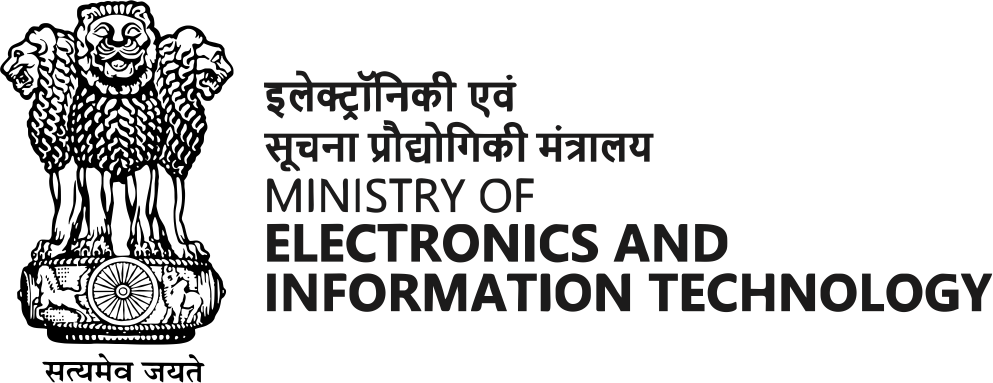Mobile landscape
The term "mobile landscape" refers to the current state of the mobile device market, including the range of hardware and software technologies available, the prevalence of different operating systems, the popularity of different mobile devices, and the behaviours and preferences of mobile users.
It can also refer to the trends and developments shaping the mobile industry, such as the rise of mobile commerce, the increasing importance of mobile apps, and the emergence of new technologies like augmented reality and virtual reality. Understanding the mobile landscape is important for businesses and developers who want to create successful mobile products and services that meet users’ needs and keep up with the latest trends and innovations.
Understanding the mobile landscape can seem overwhelming, but it's quite simple. Here are some tips for normal users
- Operating Systems: There are two main operating systems for mobile devices, Android and iOS. Many different device manufacturers use Android, while iOS is exclusive to Apple devices.
- App Stores: Android and iOS devices have app stores where you can download apps for your device. Google Play is the app store for Android devices, while the App Store is for iOS devices.
- Hardware: Mobile devices have different hardware specifications, such as screen size, processor, and camera quality. These specifications can affect the performance and capabilities of your device.
- Mobile Plans: Mobile devices require a mobile plan to access the internet and make calls. These plans can vary in price and data limits, so choosing one that fits your needs is important.
- Accessories: There are many accessories available for mobile devices, such as cases, screen protectors, and chargers. These can help protect your device and enhance its functionality.
Overall, understanding the mobile landscape is about knowing the different components of a mobile device and how they work together to provide you with a great user experience.



